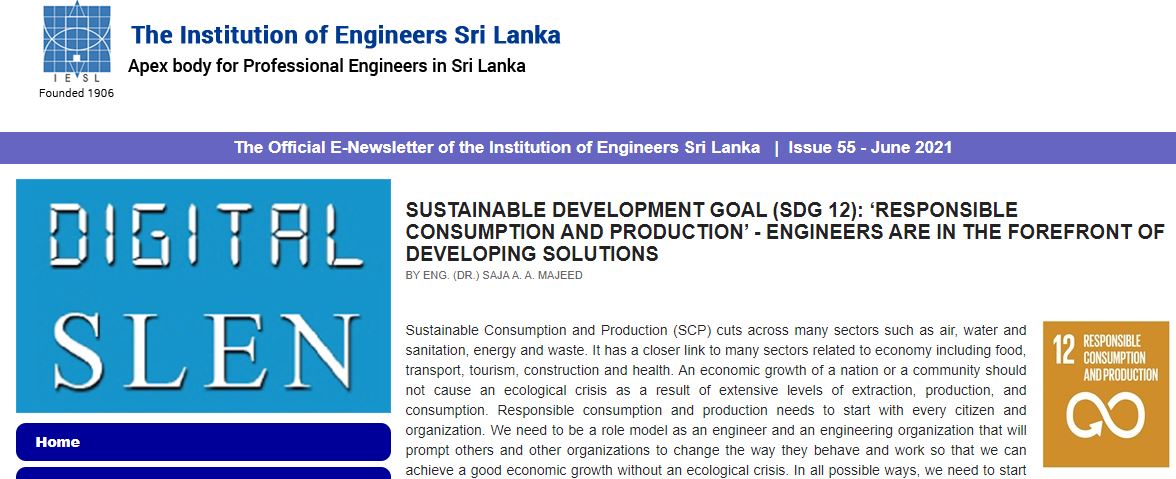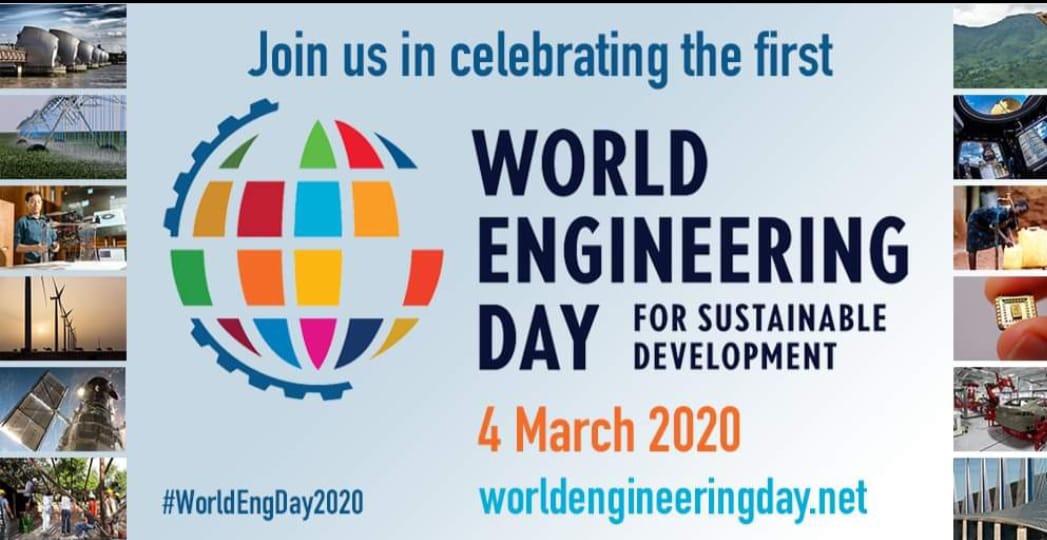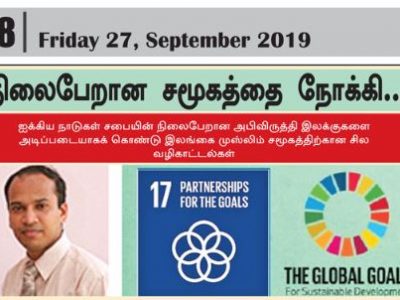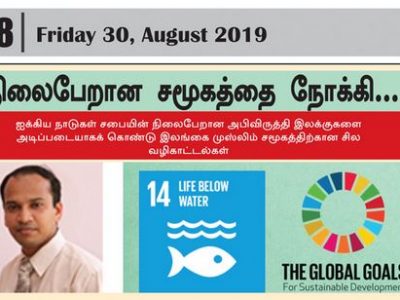Community Development and Engineering Interventions
This article starts with an attempt to search the answer for the more trivial question in mind which is posed among the community development practitioners. “Where the professional expertise is needed?”
In search of answering this question, it is necessary to think outside the box and to work with others, with other professionals and with skilled, non – professionals, to make effective use of their existing skills, knowledge and attitudes in the community development. In addition, new skills are needed to work with the very poor communities where the major attention is given in the development sector.
Hence it becomes an increased importance to identify the gaps and to develop an effective framework for bridging the gaps in order to devise the possible mechanisms to address the issues and thus working to achieve the common goal which ultimately benefits the community as whole.
So as we are a community of engineers who play a major role in the development sector need to recognise this fact and need to think about launching the new initiatives which will result in a better system than for ever in the development.
In fact, Technology has a role to play, but it needs to be used intelligently. New forms of water resource management technique and the land use planning for example need to be explained simply i.e. to be transformed which can be understood by the community itself.
It is absolutely pointless in addressing the issues which are not a need of the community and priorities identified (i.e. rather than a urgent need to be addressed, Here we try to define the priority as a solution to the root causes of the problems) within those needs.
For example, to analyse this issue cause – effect and means – ends diagrams can be used which is shown below.
Many people like politicians and other representatives of the community including the engineers, evaluate the success of the programmes by the physical construction. When they visit the community sites of a programme, they want to see the facilities and infrastructures. There is no doubt that we need all these, but we fail to understand that these are means of the community empowerment for the causes identified individually, but they are not ends unless this contribute to the whole system of the healthy community which may be directly alleviate the effects of the causes or indirectly contributing to solve the main problems in the community.
No matter whether we have a good sophisticated physical system, but we need to make sure that the community will ultimately benefits from that. In order to achieve this it is also necessary to focus on empowering the people not just only developing the hardware. This is where the sustainable development is being spoken by the community development practitioners. But as most of the engineers are involved in the development sector in our nation and being the nation as a developing country, we should be ready to learn and promote good practices not only in physical development but in the whole community development. (i.e. Not only focusing hardware development but integrating it with the main focus on the self reliance and sustainable community development). We also need to note that the term community development should not be seen as social, economical and political empowerment. But it includes technology, shared values, beliefs and ideas.
One of the slogans as it is being used in management training is, “If you do not know where you are going, then any road will do” (Training handout “Knowing your goals” – Dr. Phil Bartle). This can be applied here as well. It is easy to run around, looking busy, arranging meetings, getting buildings and latrines constructed, talking to community leaders (Even in most of the development projects, this is rare), moving advocacy groups, without moving forward in accomplishing genuine community targets and strengthening it on its own foundation.
So again with the focus on engineers in development projects, we need to expand our horizons and ready to listen and learn from the community and be able to transform our technical, analytical and managerial expertise in solving the real community problems. There is need of paradigm shift in relation to development which linked with the engineering also in our nation. As we have creative and innovative young generation of engineers within our nation, it can be anticipated that these will be addressed and appropriate mechanisms and techniques will be explored.
Finally, it is also expected that these series of articles will help at least to initiate the dialog among us and stir up the ideas among the engineers not only in the development sector, but in all other sectors.







